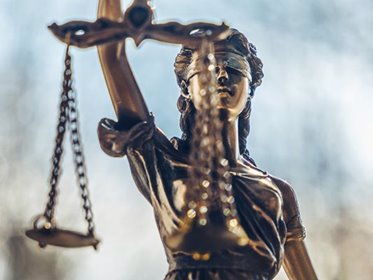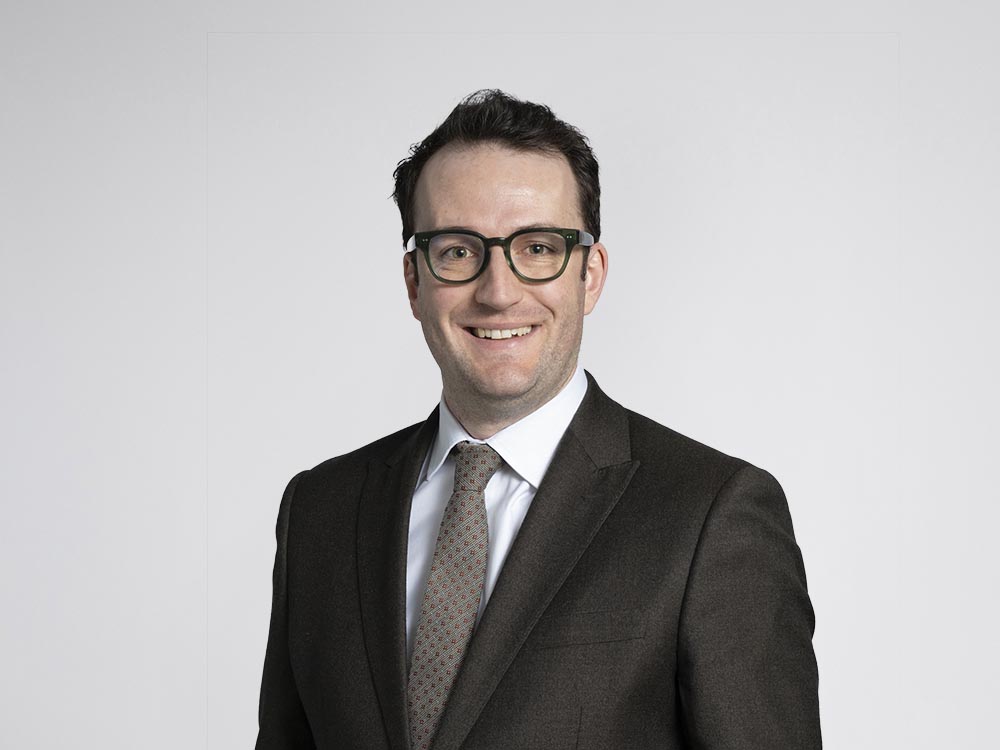In a recent judgment [1], Harvey J found that a trust was not a “person” for the purposes of the Health and Safety at Work Act 2015 (HSWA). However, his Honour found that the trustees of a trust, as a collective, were a “body of persons…unincorporate” and therefore were a “person” for the purposes of the HSWA. These findings are significant as they impact who could be charged as a PCBU under the HSWA in relation to a fatal workplace accident.
The case related to a tragic situation in which a young child was fatally injured when an item of their clothing became caught in farm machinery while they were visiting a farm owned by the RH & Jury Trust (the Trust). Following the accident, the Trust was charged by WorkSafe under ss 37(1), 48(1) and 48(2)(c) of the HSWA (with the trustees of the Trust being charged in the alternative). In the District Court [2], Judge Bidois dismissed the charges filed in relation to the Trust on the basis it could not be prosecuted because it was not a “person” for the purposes of the HSWA. WorkSafe appealed that decision and the question the High Court (Harvey J) had to consider was whether “…a trust (or its trustees collectively) meet the definition of “person” in s 16 of the Act which includes a “body of persons, whether corporate of [sic] unincorporate”?”.
Section 17 of the HSWA defines “person conducting a business or undertaking” (PCBU) broadly with limited exceptions. To be a PCBU, an entity must be a “person”. This is defined in s 16 of the HSWA to include “the Crown, a corporation sole, and a body of persons, whether corporate or unincorporate”. In considering whether a trust was a “person”, Harvey J made the following points:
- While the orthodox position is that a trust is not a separate legal entity (and therefore should not be prosecuted as a discrete entity), the position can be displaced by legislation.
- One of the purposes of the HSWA is to secure compliance with the Act through effective enforcement. His Honour accepted that as a matter of policy, trusts should be capable of being prosecuted as they are commonly used to run businesses, and that prosecuting a trust would reflect the collective nature of trustees’ decision-making. While he considered that argument had merit, Harvey J noted that it would need to accord with the text of the HSWA.
- The HSWA is silent about whether a trust is a “person” or PCBU (neither explicitly including or excluding trusts from either definition).
- Harvey J noted that, in civil law, liabilities generally accrue to trustees (noting they are also the parties named in litigation). Relative to finding that the Trust was a person, a finding that the trustees collectively were a “person” was an interpretation of the HSWA that his Honour considered more closely aligned with civil law principles. His Honour also noted that this conclusion avoided the conceptual and practical difficulties in prosecuting the Trust.
- His Honour concluded the trustees, collectively, were a “body of persons…unincorporate” on the basis that they were an unincorporated group that had “some form of internal structure which enables it to take and implement decisions as a collective”.
- There was conceptually no advantage in prosecuting the Trust rather than the trustees collectively as the maximum penalty under the HSWA s 48(2)(c) will be available regardless. His Honour considered that if there was a structural fault which resulted in a breach of the HSWA, “it will be the trustees’ collective actions that are responsible so criminal liability is appropriately apportioned jointly.” This liability was held by Harvey J to exist despite the general trusts principle that a trustee is not liable for the actions of a co-trustee, reasoning that these charges are related to criminal not civil liability.
The case also contains helpful discussion about whether the prohibition against insuring against fines in s 29 of the HSWA prevents the indemnity of trustees out of trust assets under the trust deed. Harvey J said it did not. His Honour noted that s 29 expressly refers to “insurance policy” and “contract of insurance” when describing the prohibition. Further, his Honour noted that if Parliament had intended to override the indemnity of trustees (described as a ‘fundamental trusts principle’), the prohibition in s 29 would need to be more broadly drafted. Whether a trustee will be indemnified will “depend on the specific facts, the trust deed and the general law of trustee indemnity”.
Overall, this decision will be relevant to all trustees of trusts that carry out activities which attract potential liability under the HSWA (eg. trusts which own a farm). Those trustees should be aware of their obligations in relation to the HSWA and understand the extent of the indemnity available to them under the terms of the trust deed/the general law. It is also worth noting that one of the defendants in the case was a professional trustee. Given the apparent risk of being prosecuted collectively with the other trustees of a trust, professional trustees should consider whether they ought to adopt a more active role in the way in which the trust discharges its health and safety duties.
References
- WorkSafe New Zealand v RH & Jury Trust and others [2023] NZHC 3871.
- WorkSafe New Zealand v Kellisa Farms Ltd [2022] NZDC 2490.
This article was co-authored by Alice Lemmon, a solicitor in our Construction and Infrastructure team.





